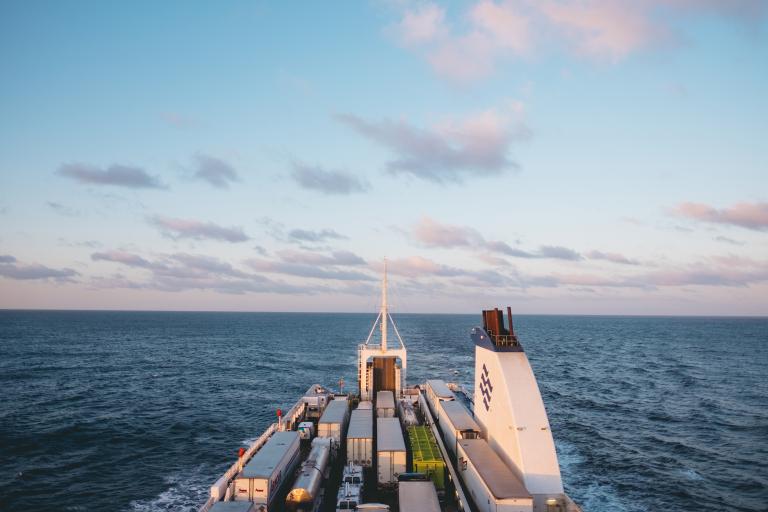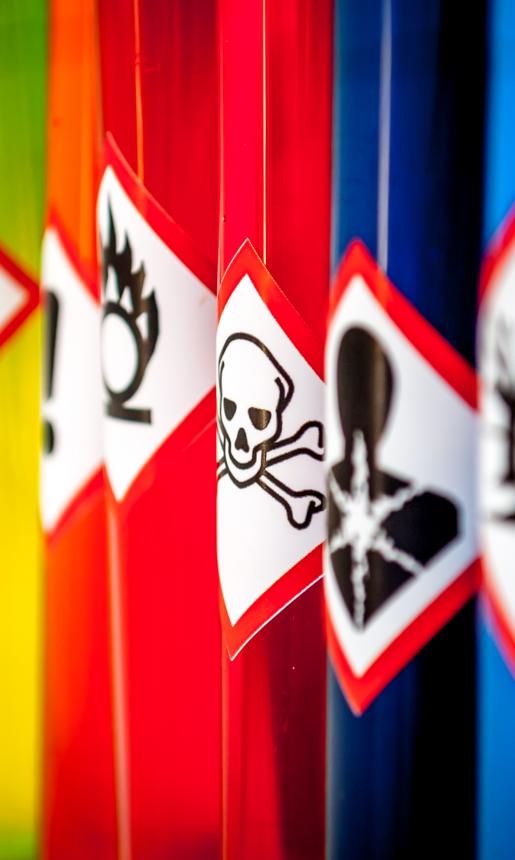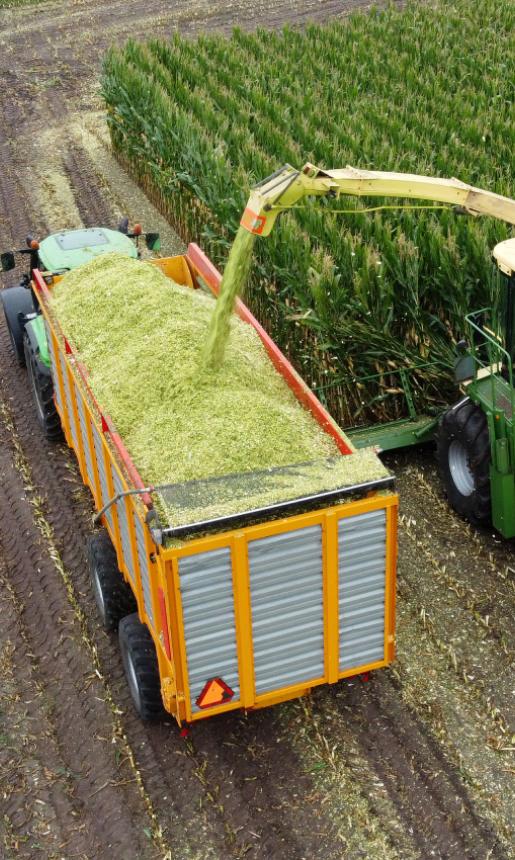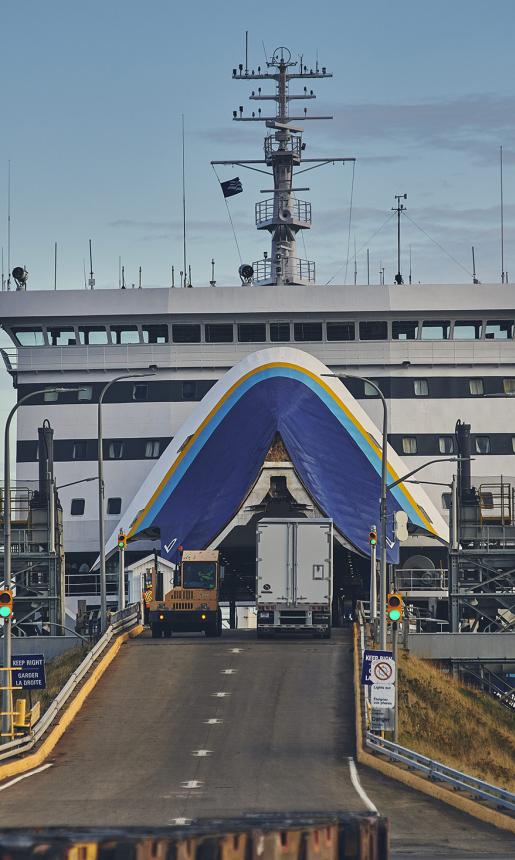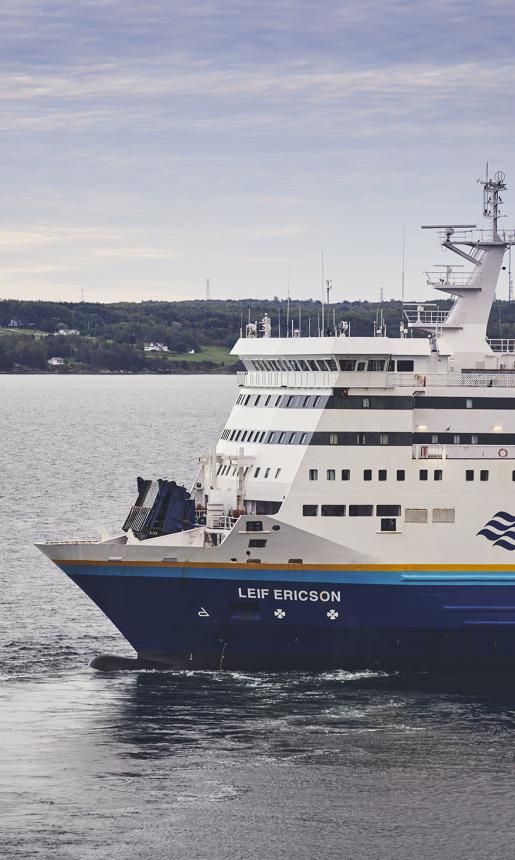Transporting Dangerous Goods
Safety is our top priority.
At Marine Atlantic, we aim to move all our customers’ goods safely, in the most efficient way possible. We understand that the transportation of dangerous goods deserves special attention and continually work to ensure we use the utmost care in this process.
Through federal and international legislation, thousands of products and substances are regulated as dangerous goods. As such, transportation of these commodities on our service is subject to multiple regulations, in full or in part, including:
- Transportation of Dangerous Goods Regulations
- International Marine Dangerous Goods Code
- Canada Shipping Act
- Cargo, Fumigation and Tackle Regulations
Marine Atlantic is governed by the Canadian Transportation Dangerous Goods (TDG) Regulations, which are supported by the stowage and segregation requirements in Section 7 of the IMDG code for marine transportation. Dangerous goods shipments travelling on our service must adhere to requirements from both these sources.
Stowage and segregation requirements from the IMDG code specify under what conditions commodities can travel. This includes if they require a restricted sailing, or how goods may be transported together, such as if they may be in the same transport unit or on the same vessel. The chart in Section 7.2.4 of the code shows the segregation requirements between classes. Some commodities also have additional segregation requirements which would be listed under the individual UN numbers in the code.
When transporting dangerous goods and cargo, all shipping customers are responsible to know the regulations for the commodities they are carrying and must declare them when arriving at our terminal. It’s important to note that regulations can differ for transportation by road and by ship.
Customers without their own documentation should download and complete the dangerous goods declaration form in advance of arrival at our terminals.


